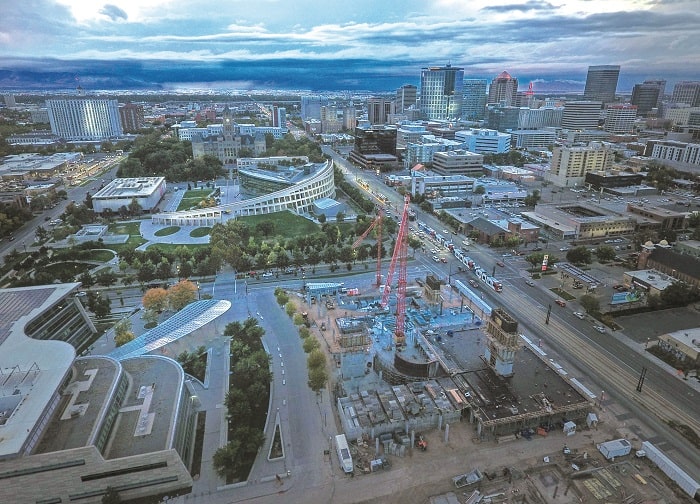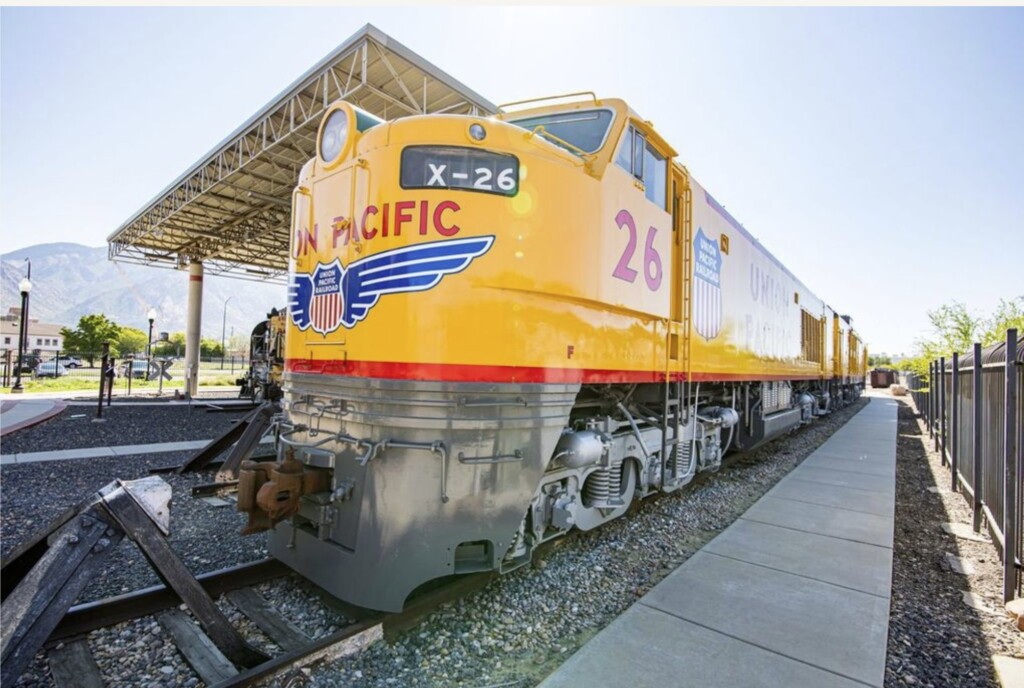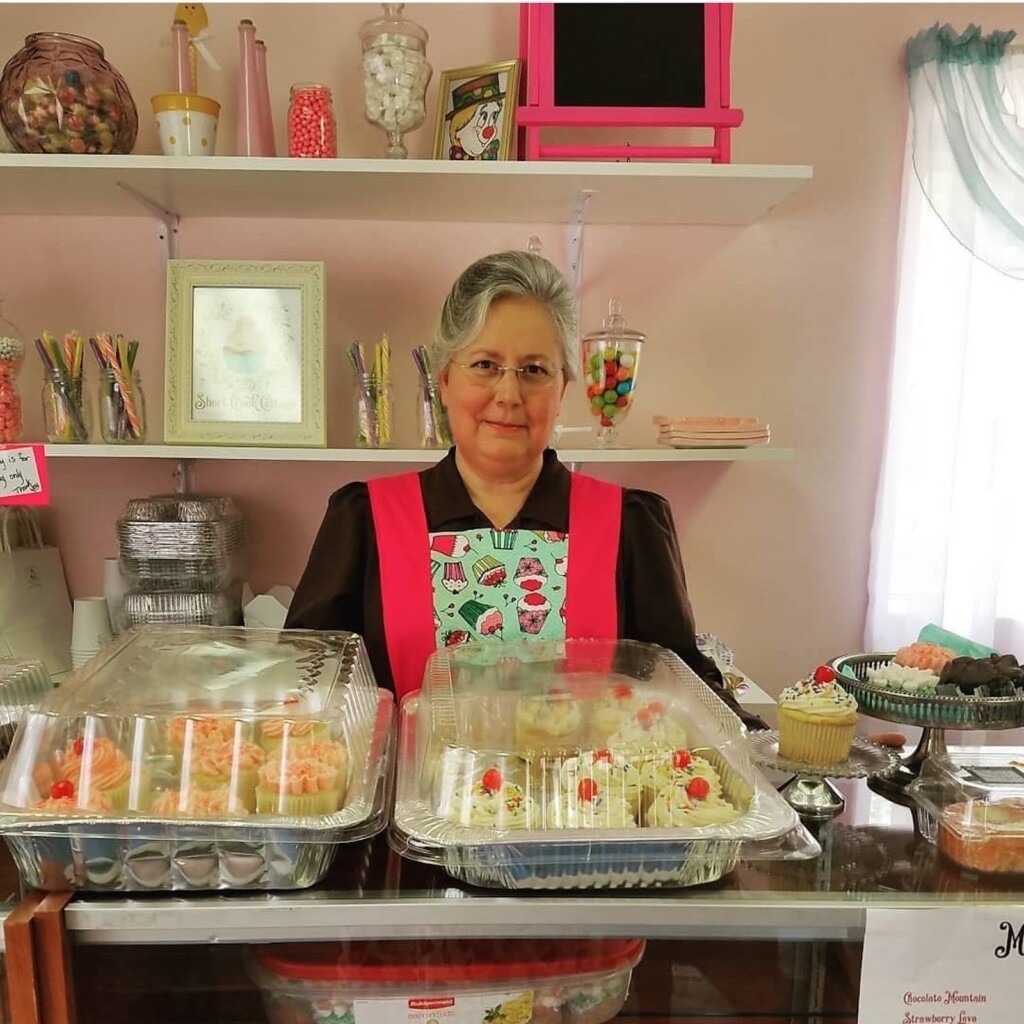
Welcome to Utah Housing
Utah’s real estate market has softened. Average house prices aren’t increasing in urban areas. Bidding wars are decreasing; the amount of time homes are on the market is increasing; and by all measures, our real estate market is still booming. Vineyard, in Utah County, is the city with the most growth. In the past four years, the population has seen explosive growth from just under 465 in 2013 to nearly 16,000 today.
We wrote about Vineyard and how two of the last family farmers along the Wasatch front—Verl Cook and Grant Holdaway—were being pushed out by UDOT’s power of eminent domain.
“You can’t stop progress,” said Holdaway. “But,” he conceded, “I suppose people need to live somewhere.” The Cook family’s greenhouse and farm still remain. The Holdaways are no longer holding out. His children have moved on to professional careers. Grant Holdaway sold his farm and greenhouse at the age of 92. I filmed a video of him cultivating two acres behind his house. It was a marvel to see one man accomplish such a feat. But as he said, the area today is all about progress.
The two markets with the biggest price increases are Moab and Herriman. Median home prices in Moab have risen to $499K, an increase of 13% in the past year. Herriman has seen a 14% increase. Utah saw the second highest increase in home prices in the nation last year. Why is this happening?
California Moving to Utah
The middle class in California is making a mass-migration to cheaper western states. Our expensive real estate still appears cheap for Californians. “San Francisco is now for the super-wealthy and the homeless, and the middle class has all but disappeared.” I was told this recently by a woman who moved from San Francisco to Boulder, Utah. Californians do backflips for $500K houses within 10 minutes from downtown. By comparison, the same size homes go for well north of two million anywhere near the San Francisco or San Jose. This is thanks to Google, Apple, and Facebook millionaires.
California has nearly 40 million people. If even ten percent of the population migrates, and Utah absorbs even one percent of those people in the next ten years, we will add an additional 400,000 residents. The influx of people moving to Utah from eastern states has always been huge, and in addition, our birth-rate has always been top in the nation.
Currently, Utah is 50,000 housing units short of demand, and developers can’t build fast enough. City planners and civil engineers can’t keep up. Moab has put a moratorium on construction of overnight units, and huge restrictions on all construction. They regret the “Mighty Five” campaign which has brought floods of visitors into the town of less than 6,000. There is no affordable housing and they want to turn off the spigot. The Moab City Council rejected $250,000 of tourism-generated money to spend on more advertising.
Utah Affordable Housing Crisis
Salt Lake City currently has an “Affordable Housing Crisis,” according to the Salt Lake Tribune. It’s now nearly impossible to find an apartment for less than $1,200 per month near downtown, but most jobs aren’t over $20 per hour. So if most people can’t afford most of the available housing, we are witnessing a true dilemma.
But as we point out in this issue, there is hope in the future. There are plenty of great ideas on how housing can become more affordable. Utah is a massive state. But the question boils down to: How we can accommodate more people without sacrificing our quality of life?
In reality, the biggest battle is against NIMBYism (Not In My Backyard). NIMBIES are very politically active. They believe all buildings should be less than six stories. They don’t want to allow developers to build “affordable housing.” They don’t want to allow for zoning law changes, which is the main problem in Moab and Salt Lake City.
Utah Community Next Steps
The problem is that we can’t find a solution to affordable housing without loosening zoning restrictions. Why not allow for mini-apartments without parking stalls? Why not allow for a tiny house development project? Why not allow for more residential towers exceeding eight stories or fifty stories?
As other cities have learned, density and taller buildings discourage car usage and encourage transit use. Fewer parking stalls, not more, discourage car usage. Narrower roads, not wider, encourage transit use. It’s hard to argue for more traffic jams on our freeways and less convenience for motorists. Perhaps Salt Lake City should embrace the idea of becoming a true metropolis.





